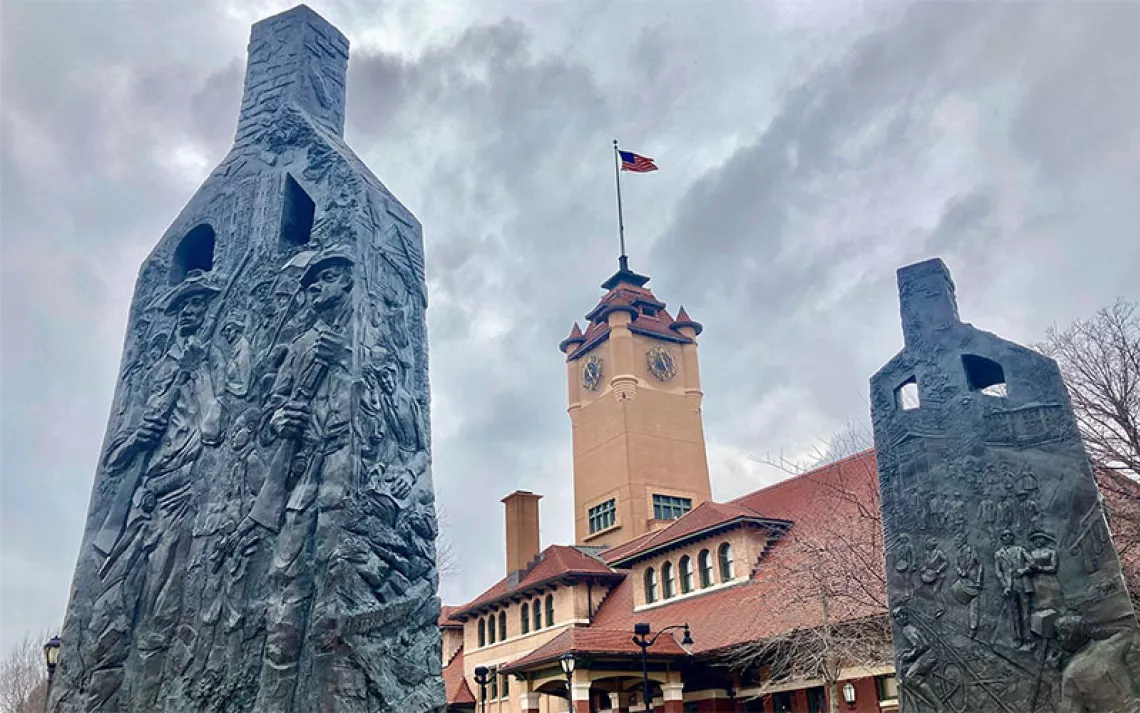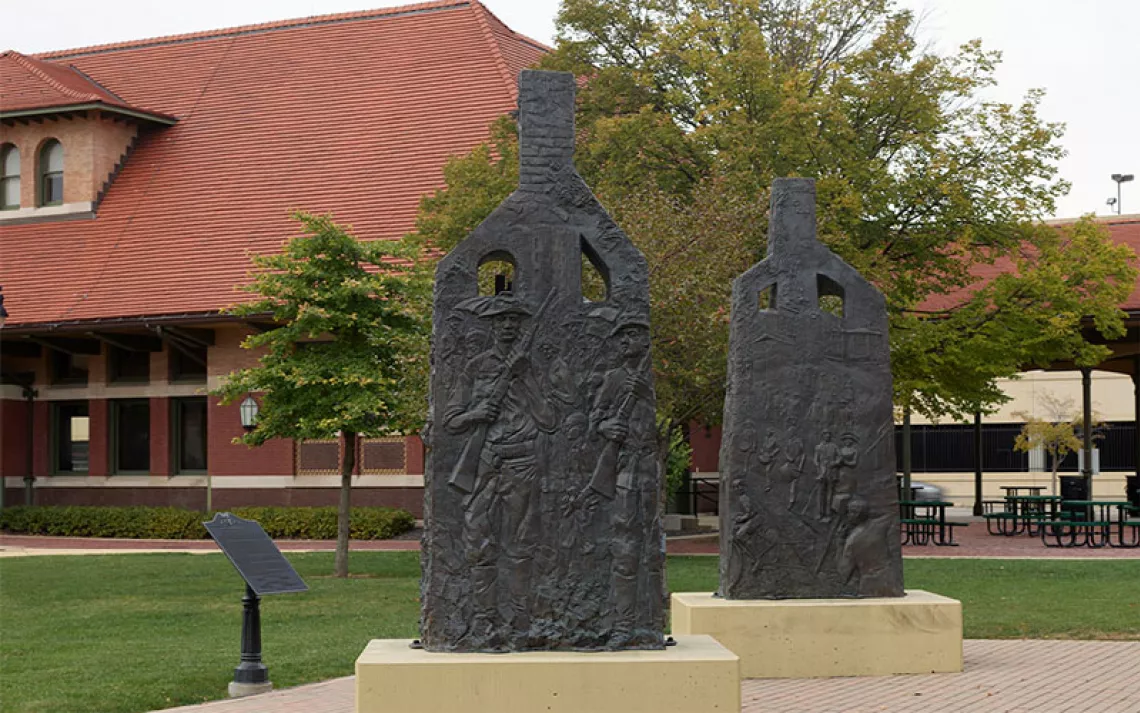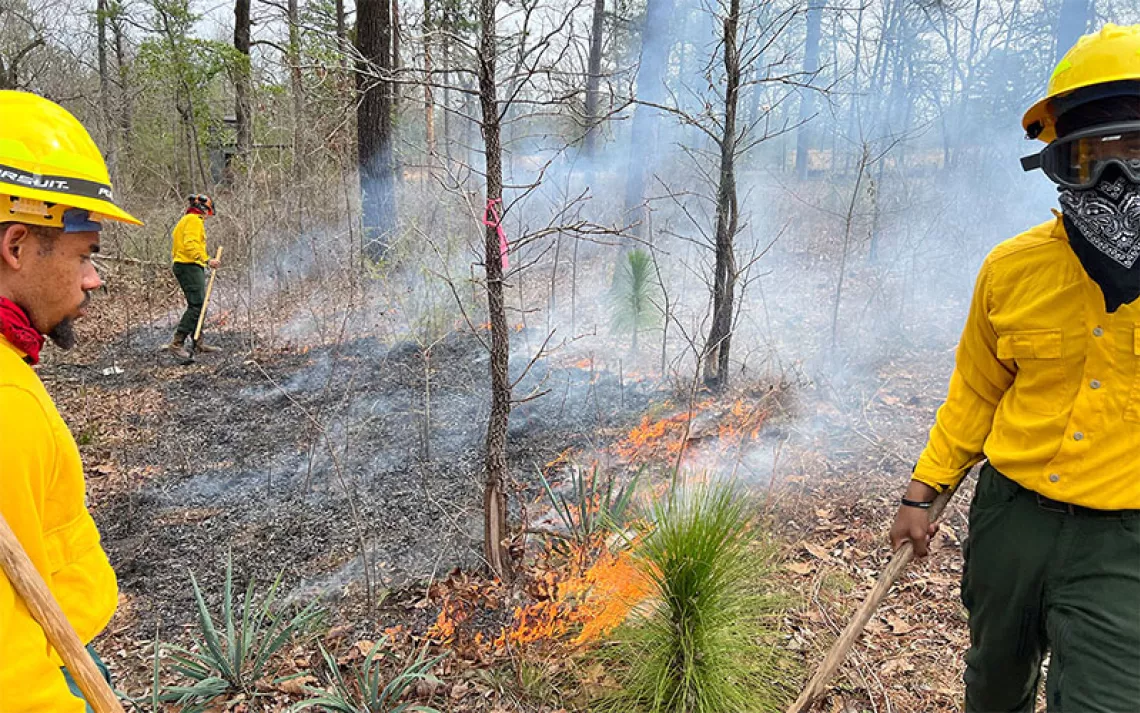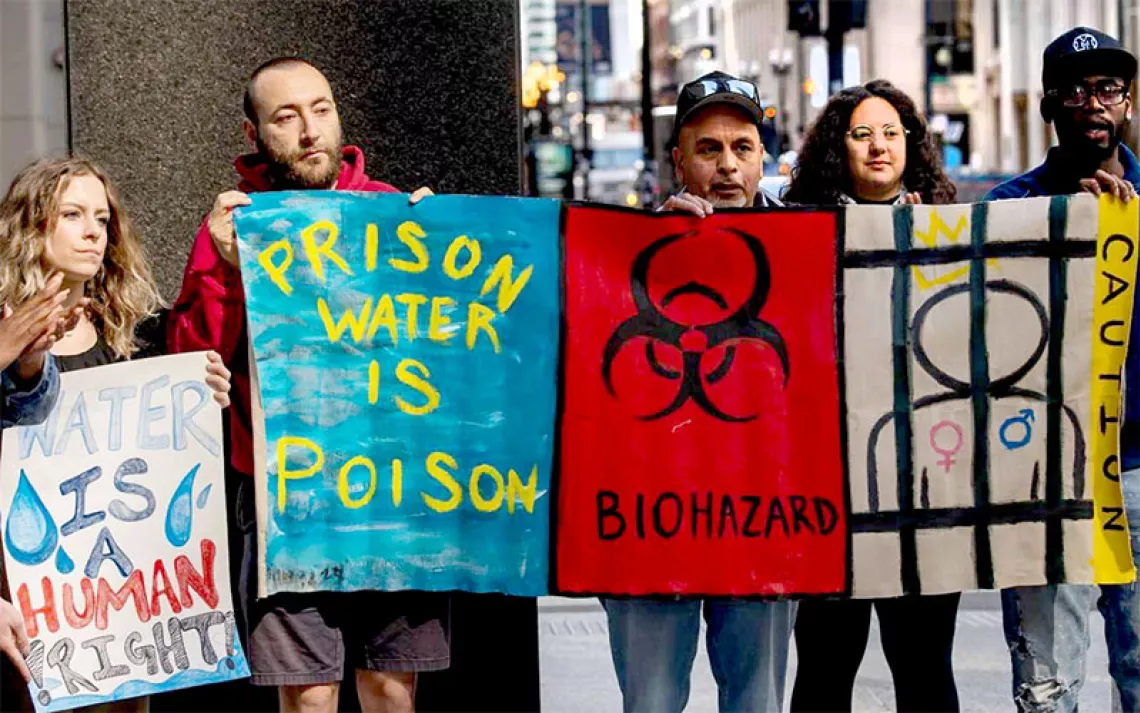The Unbearable Whiteness of Congressional Environmental Panels
People of color are suffering the most—but they aren’t the ones testifying

Photo by eakrin rasadonyindee/iStock
We know that climate change impacts people of color at a disproportionate rate. Compared with white people in America, they live closer to hazardous waste and extreme pollution and are more likely to die of environmental causes.
But when environmental committees in Congress hear testimony about environmental issues, nearly all the witnesses are white. Look back at hearings on energy production trends, the cost of inaction on climate change, the health impacts of climate change, the environmental effects of the fossil fuel industry, or the economic effects of climate change. The panels are majority white and, often, majority male.
BIPOC representation at congressional hearings should be an integral part of making climate policy. So, advocates ask, where are they?
Andrés Jimenez is the executive director of Green 2.0, an advocacy group that encourages environmental organizations to increase racial diversity. “It is imperative that you are listening to and bringing in the actual voices from those communities that were impacted,” he told Sierra. “We need to be hearing from these diverse, wonderful voices, these pools of knowledge.”
Jimenez said that while attending remote hearings during the pandemic, he and the team at Green 2.0 would feel frustrated listening to panels with mostly older white men talking about environmental impacts. It solidified in his mind, he said, that “we’re not hearing from the voices that we need to be hearing from. Every single community of color is underrepresented.”
In late June 2021, Green 2.0 sent a letter to 15 congressional committees with jurisdiction over policy involving climate and environmental issues. “Hearings are an integral element of the policymaking process, and the inclusion of witnesses of color is key to ensuring that people across our nation have their voices heard,” the letter stated. “As committees discuss pollution, water, energy, infrastructure, conservation, and many other environmental policies, there must be greater inclusion and collaboration with communities of color.”
Jimenez and Green 2.0 are already helping out some committees connect with a broader spectrum of experts. These include the Senate Committee on Environment and Public Works, the House Committee on Natural Resources, the House Agriculture Committee, and several others. The House Rules Committee has required the House Office of Diversity and Inclusion to prepare a recommendation report to survey witness diversity at hearings, a move spearheaded in 2019 by the Congressional Tri-Caucus (the Congressional Black Caucus, Hispanic Caucus, and Asian Pacific American Caucus). The diversity office has yet to release any data it has gathered.
Some committees are better than others, Jimenez said. He cites Representative Raúl Grijalva, D-Ariz., chair of the House Committee on Natural Resources, as a leader who has promoted diversity “from day one.”
“With climate change bearing down on us and economic inequality still on the rise, Congress has to be more mindful of who we’re really listening to and what we can do to take the public’s concerns seriously,” Grijalva said in a statement to Sierra. “My fellow lawmakers and I need to hear directly from the people most in need of federal assistance. We all agree it’s time to take more responsibility for how we choose our information sources, and that’s just as true of Capitol Hill as anyone else.”
“There needs to be a steady drumbeat by everyone around this issue,” Jimenez said. “We are not going to be able to fully understand the impacts until we bring in those knowledgeable voices from communities of color.”
 The Magazine of The Sierra Club
The Magazine of The Sierra Club



